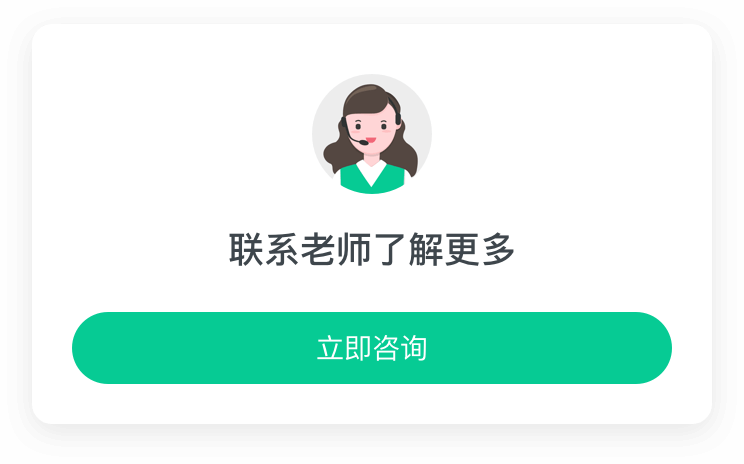Python 实现「手势猜拳游戏」:好玩的实时机器学习项目
🍁 作者:知识浅谈,CSDN 签约讲师 &博客专家,华为云云享专家,阿里云专家博主,InfoQ 签约作者
📌 擅长领域:全栈工程师、爬虫、ACM 算法,大数据,深度学习
💒 公众号:知识浅谈
本教程将带你实现一个实时手势猜拳游戏识别系统,使用 Kaggle 公开的「Rock-Paper-Scissors」数据集(包含石头、剪刀、布三种手势),全程仅需 CPU 即可运行。最终效果可通过摄像头实时识别手势,并与电脑进行猜拳对战!
🎈项目亮点
趣味互动:通过摄像头实现真人猜拳对战
轻量模型:专为 CPU 优化的微型卷积神经网络(仅 0.5MB)
即用数据集:使用 TensorFlow 官方维护的公开数据集
工业级技巧:包含数据泄露预防、类别平衡处理等实战技巧
🎈环境准备
打开 Pycharm,新建项目文件夹
安装所需依赖库
🎈数据集说明
使用 TensorFlow Datasets 内置的「Rock-Paper-Scissors」数据集:
总样本量:2,892 张 RGB 图像(300x300 像素)
类别分布:
Rock(石头): 840 张
Paper(布): 840 张
Scissors(剪刀): 1212 张
数据特点:包含不同肤色、手势角度和背景环境
🎈完整实现代码
📍自动下载并加载数据集
📍数据预处理与增强
📍构建微型 CNN 模型
📍训练与评估
📍实时手势对战
🎈性能优化技巧
模型量化:使用
tf.lite转换模型,速度提升 2-3 倍
背景扣除:使用 OpenCV 的 GrabCut 算法提取手部区域
帧率优化:设置预测间隔,每 5 帧进行一次识别
🎈扩展玩法
战绩统计:记录胜负历史并显示胜率
特效增强:检测到剪刀手势时添加刀光动画
多人模式:通过左右分屏实现双人对战
手势扩展:添加蜥蜴、史波克手势(扩展为 5 类)
🎈常见问题解决
🎈项目总结
通过本教程你已掌握:
使用 TensorFlow Datasets 加载标准数据集
构建 CPU 友好的微型 CNN 架构
预防数据泄露的缓存技巧
实时视频流处理与游戏逻辑整合
下一步挑战:尝试添加「动态手势识别」功能,比如检测挥手动作触发游戏开始!
🍚干饭干饭
大功告成,撒花致谢🎆🎇🌟,关注我不迷路,带你起飞带你富。Writted By 知识浅谈
版权声明: 本文为 InfoQ 作者【知识浅谈】的原创文章。
原文链接:【http://xie.infoq.cn/article/5a41a28d0f19005f175cd06ee】。文章转载请联系作者。










评论